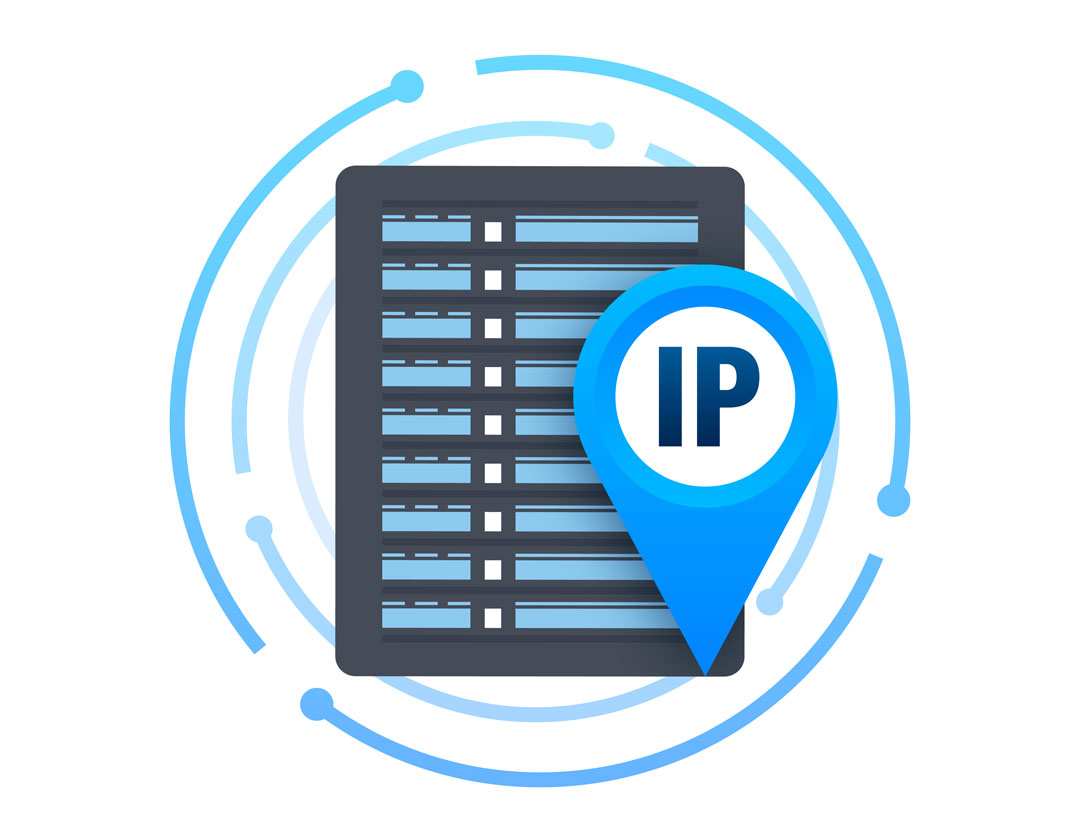As you navigate today’s online world, site speed and security are more crucial than ever. Surprisingly, 47% of users expect a page to be on the server within two seconds or less. In a vast number of millions of websites floating on the web, even the slightest delay is what can critically differ between getting important visitors and sales. Therefore, it is quite imperative to understand what is a reverse proxy and how it could help your website counter such malicious circumstances in these times.
In this article, we are going to examine closer the benefits that a reverse proxy can bring to the table. Along the way, we will answer a few critical questions. But first, ask yourself one question: is your website really taking up all the advantages offered by reverse proxies? Let’s find out how reverse proxies can transform your online strategy.
What Is a Reverse Proxy?
A reverse proxy is a server that sits between the user and the web servers and takes requests from a client before sending back responses to it. This could make not just the traffic manageable fine but also ensure that the website performs better and is safer because the identity and location of back-end servers are masked.
It is an entry-point gateway that can protect the web application from a bunch of external attacks, improve the performance of said web application, and it can also receive incoming requests and distribute them through multiple servers to improve both scalability and availability.
How Does a Reverse Proxy Work?
A reverse proxy acts like a traffic director, guiding user requests to the right servers. When users type an URL, their request first goes to the reverse proxy instead of directly to the web server. This intermediary evaluates the request and chooses the best server to handle it based on factors like response and load times.
Imagine you run a popular e-commerce website that sees a surge of traffic during holiday sales. To manage this efficiently, you implement a reverse proxy. When a customer clicks on a product, their request first goes to the reverse proxy instead of your server. The proxy directs the request to the least busy server, ensuring a quick response. If the product page is cached, it can be delivered even faster.
It also comes with features such as load balancing, traffic filtering, IP address concealment, and protection against DDoS attacks, making it a must-have component in the web infrastructure of the modern world.
Key Benefits of Using a Reverse Proxy
A reverse proxy for businesses offers multiple advantages and serves as a vital gateway between clients and web servers. Here are the key benefits:
- Stronger Security: Prevent any form of web servers attack and mask their IPs so that they cannot be accessed by hackers easily. For example, reverse proxies are able to detect SQL injection attacks and block them.
- Better Performance: Caching frequently requested content reduces the load from servers and accelerates page rendering. For example, a reverse proxy can take images and videos and cache them so that they are not fetched every time a request is made to the web server.
- Scalability: All incoming traffic is distributed across multiple web servers. That is to say, no single server receives traffic that is too hefty, thereby preventing overloading on the server. This distribution capability thereby helps improve a website’s availability and responsiveness.
- Traffic Filtering: This would eliminate malicious traffic and add an additional level of protection. For example, a reverse proxy can block traffic from known malicious IP addresses.
- Content delivery: It uses content delivery networks (CDNs) to load and render content quickly in favor of a better user experience.
Reverse Proxy vs. Forward Proxy
Do you know that almost 70% of business organizations use proxies in some form to exploit online operations? Now, while both forward and reverse proxies act as intermediaries, they function in two totally different ways.
A forward proxy is an intermediary position between a client (such as a web browser) and the Internet. It receives requests from the client, acts as an intermediary or go-between, forwards these to the target server connection, and then returns the response from the target server back to the client. Forward proxies are used fairly often to bypass content filters to access geo-restricted content or to hide the client’s IP address.
On the other hand, a reverse proxy resides between a server and the internet for protection and management. Reverse proxies are the most typically used for strengthening the security, scalability, and performance of web applications.
Here’s an example to illustrate the difference:
Suppose a user in a company wants to access a blocked website. The company’s IT department wants to implement a reverse proxy, to allow employees to access the website. The user sends a request to the forward proxy, which forwards the request to the website and returns the response to the user.
In contrast, suppose a web application is hosted on a server and needs to be protected from attacks. The server administrator sets up a reverse proxy to act as a gateway between the internet and the server. When incoming client requests are made to a web application, the reverse proxy intercepts these requests, forwards them to the appropriate server, and then sends the server’s response back to the client.
Reverse Proxies Use Cases
 Reverse proxies are highly versatile and have numerous use cases. They enhance security, performance, and scalability in an organization. Some of the most common use cases include the following:
Reverse proxies are highly versatile and have numerous use cases. They enhance security, performance, and scalability in an organization. Some of the most common use cases include the following:
- Load Balancing: Reverse proxies are much helpful in distributing incoming traffic across multiple servers without the existence of any particular server overload, hence improving availability in a website.
- Security: With reverse proxies, web servers have added protection from attacks. They can actually hide IP addresses and filter out malware traffic coming in to protect the backend infrastructure.
- API Gateways: Reverse proxies are the central entry point for APIs, enabling basic functions such as authentication, rate limiting, and analytics within API management in a streamlined and secure way.
- Microservices Architecture: They can create a common entry for all services and enable discovery, thereby proving more seamless and efficient in communicating between services.
With a reverse proxy, an organization can open up its web applications to new use cases and architectures that enhance security, performance, and scalability.
Well-known reverse proxy providers
Providers of reverse proxies can sometimes be hard to find, but this list gives you an excellent beginning to your research:
- NGINX Open Source / NGINX Plus
- Envoy Proxy
- Apache
- HAProxy
- Caddy
- Træfɪk
There are several benefits, such as greater security, performance, and scalability. Reverse proxy providers help you better secure your web servers against attacks, improve server loading balance, and ensure your application is always available.
It is important to know in advance what you are looking for in your solution and then do the necessary research and comparisons before deciding on the reverse proxy solution that best fits your needs. Consider also simplicity of use, flexibility in customization, and support available for your given use case. Therefore, choosing a good reverse proxy provider will make sure that your web applications are secure, scalable, and highly available.
You can find a detailed comparison of these reverse proxy solutions in this post from our blog.
How to Set Up and Configure a Reverse Proxy
A reverse proxy setup can be challenging, but it will simplify the process and ensure your web applications are secure.
Follow these steps to make implementation easier.
- Choose a Reverse Proxy Software – Select a reverse proxy software that meets your needs, such as NGINX, Apache, or HAProxy. Each software has its own configuration files and syntax, so choose one that you’re comfortable with.
- Install the Reverse Proxy Software – Install the chosen reverse proxy software on a server that will act as the reverse proxy. This server should be located between the internet and your web servers.
- Configure Reverse Proxy – Configure the reverse proxy software in a way that it forwards incoming requests to your web servers. It usually involves the setting of the configuration file for specifying the IP address and the port of your web servers.
- Load Balancing – Configuration specifies the distribution of incoming traffic across multiple web servers. The kind of load balancing algorithm should be used, such as round-robin or least connections.
- Configure SSL/TLS (Optional) – If you wish to encrypt communications, then you will want to set up the reverse proxy using a certificate and associated private key. This will then encrypt traffic coming in between your client and the reverse proxy.
- Reverse Proxy Test – Always test reverse proxy by sending a request to the reverse proxy server and verifying that it is forwarded to your web servers.
Conclusion
A reverse proxy protects against threats, optimizes load times, and ensures availability. At the same time, you can leverage an optimized solution like NGINX or Apache that becomes available for routing traffic and SSL termination with caching. Therefore, monitoring these steps might improve the efficiency and security of your web application.



